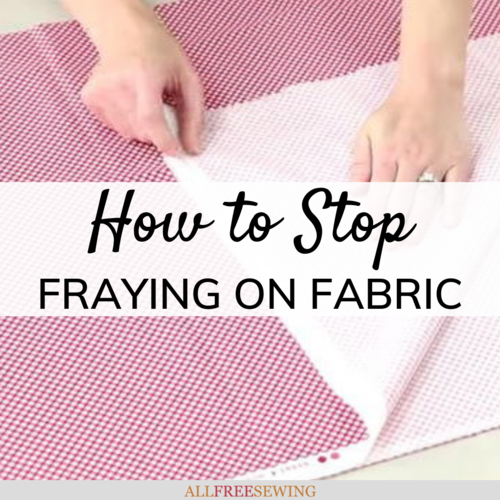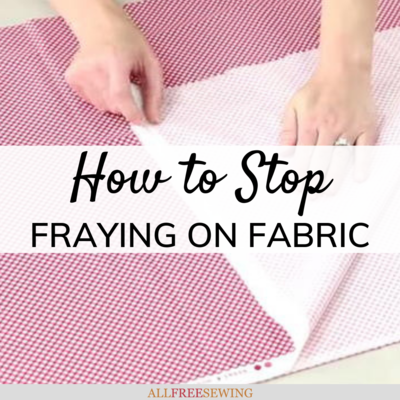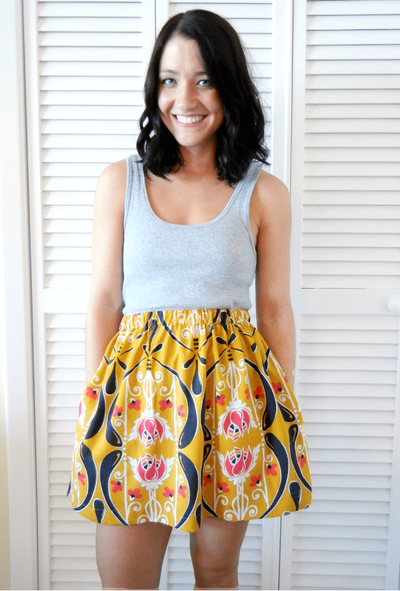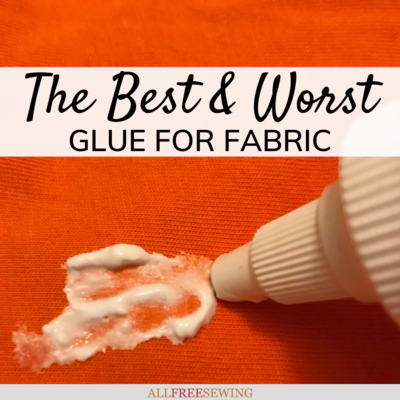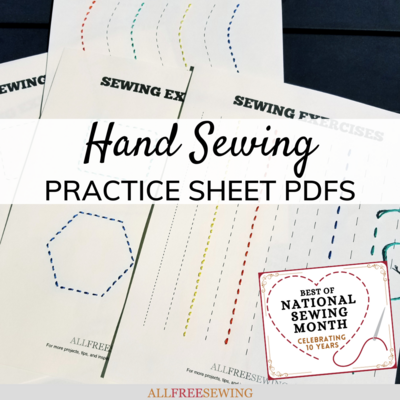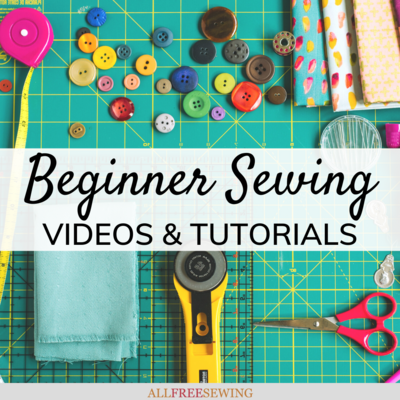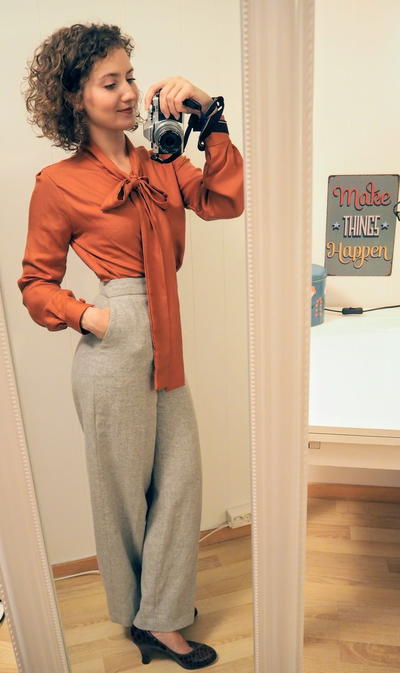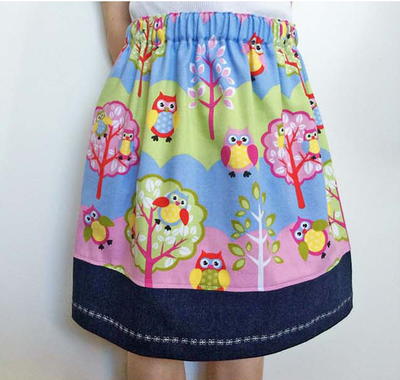How to Stop Fraying on Fabric
Learn how to stop cut fabric from fraying, and you'll finally have a sewing project that looks as if it was professionally designed!
Few things can be as frustrating to sewists than an unruly frayed edge. When you’re trying to make a professional-level piece, complete with clean edges and threadless seams, the last thing you want is an explosion of threads sprouting from the ends of your freshly cut fabric.
However, sometimes frayed edges are inescapable. Especially on sheer or lightweight fabrics, fraying can make you want to pull your hair out and yell, “How on earth can I keep raw edges from fraying?!”
Well, your hair is in luck, because this simple guide will show you how to keep fabric from fraying using a wide array of fabric-specific fraying fabric techniques!
The key to understanding how to stop fraying on fabric comes with a few simple steps, but there is more than one way to prevent those strings from forming or pulling out more.
Whether you want to stop frayed edges in their tracks with fabric sealant or sew it into submission with a clever French seam, these solutions are something every sewist should know.
You’ll never have to throw out unseemly fabrics because of their edges again, nor will you have to avoid fraying-prone fabrics out of fear. This collection of solutions will make your sewing unstoppable.
Sign Up For More Free Patterns >>>
What is Fraying on Fabric?
Before we tackle how to stop fraying on fabric, let's explain the notion. Fraying occurs when a fabric is cut and the threads that make up the fabric begin to unravel. The speed and extent to which a fabric frays depends upon many factors, including the tightness of the fabric’s weave, how much wear the fabric endures on a day-to-day basis, and the age of the fabric.
Fraying is often worse on sheer or lightweight fabrics for this reason. Though fraying may be desirable, as with many pairs of denim jeans, it may also be considered a nuisance to sewists trying to get a clean edge on their fabric.
How to Keep Raw Fabric Edges From Fraying
To many, a frayed edge may seem like the end of the world. However, there are numerous ways to keep pesky frayed edges from ruining your sewing projects! With solutions specifically designed for various skill levels and fabric types, this ingenious list will transform the way you sew forever.
If you'd like a refresher on fabric terms and to understand the anatomy and basics of fabric, don't miss this video, Fabric Terms Explained. Getting to know fabric is an essential part of learning to sew, and this video makes it easy peasy! Simply press the play button on the video box below.
Fixing Frayed Edges With Stitches
What stitch can you use to stop fraying? There are actually quite a few! Take a look below to see which you might want to use for your next project.
- Use an overcast stitch, either by hand or by sewing machine, which loops the thread over the edge of the fabric to prevent unraveling. This technique works best on thicker fabrics.
- Create a French seam with your fabrics by sewing the edges together, wrong sides facing one another, and then pressing the seam. Then flip the fabric so that the right sides face together, and sew just outside of the original seam. For a more detailed French seam tutorial, click here.
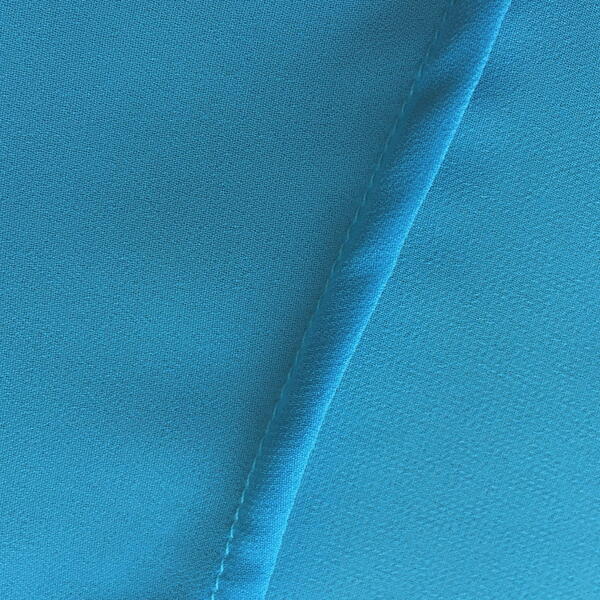
- Sew a zig-zag stitch along the edge of your fabrics. This technique works best on cotton fabrics. For more information about the zig-zag stitch, click here (and scroll down to the appropriate stitch).
- Use a serger while sewing. A serger is a specialized sewing machine that encases a seam with thread and cuts off excess fabric at the same time. To learn more about what a serger is and how to operate one, check out our easy guide, What is a Serger?
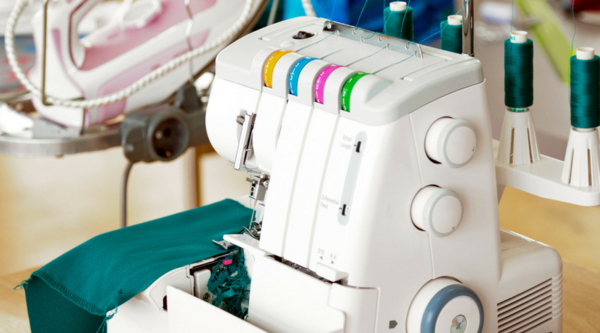
Cutting, Ironing, and Gluing: Other Solutions for How to Stop Fraying on Fabric
Don't want to sew? There are several solutions to how to finish off a fabric edge without sewing. Take a look below and see your options.
- According to Dixi in her Treasurie article, How to Keep Fabric from Fraying - Top 10 TIPS, "[t]wo raw edges sandwiched into a strip of bias tape is also acceptable but inclined to be bulky. It can work well for hems and other tricky edges and is commonly used in jacket construction." Learn more with our article, What is Bias Tape?
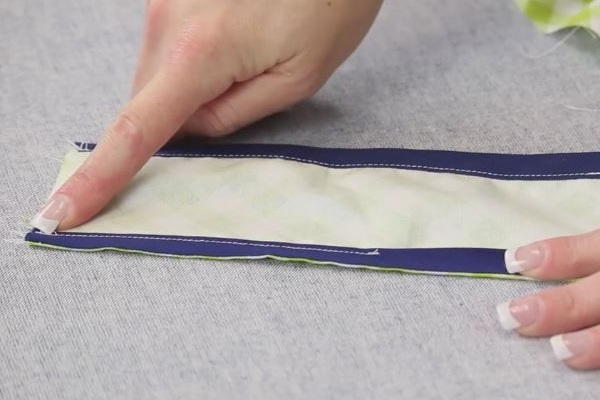
- Iron on 1/4''-strips of fusible interfacing to the edges of your fabric. Learn more about what fusible interfacing is used for, different types of fusible interfacing, and how to apply fusible interfacing by following these handy links.
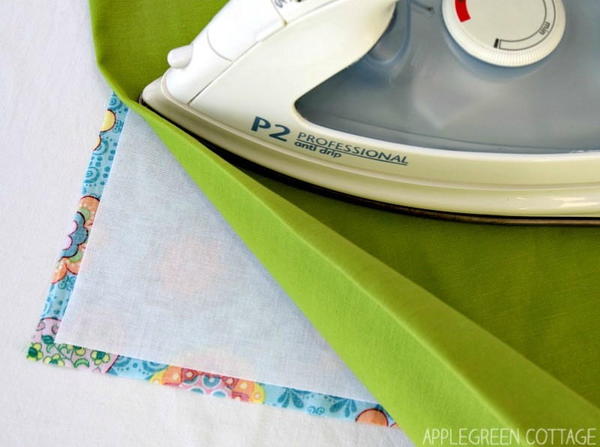
- Paint fabric glue or fabric sealants on the edge of the cut fabric. In How to Keep Fabric from Fraying - Top 10 TIPS, Dixi asserts that this method works best for bulkier fabrics. Learn more about fabric glues and supplies in our article, Alternatives to Sewing: 15 Tools for the No-Sew Crafter.
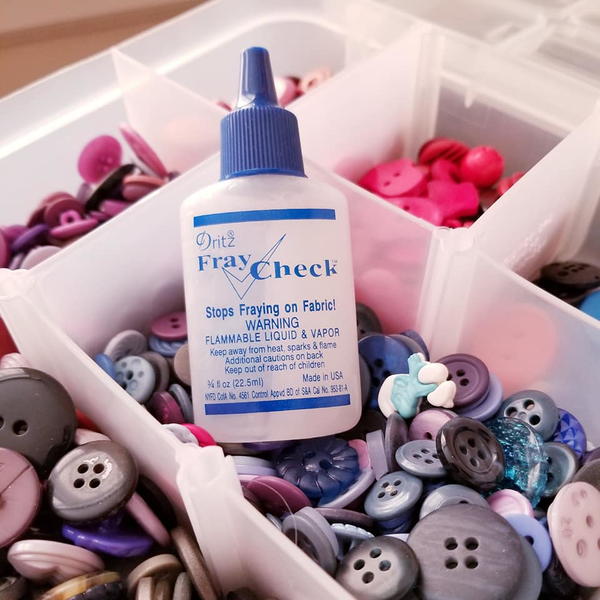
- One of the best solutions that helps with the how to prevent cut fabric from fraying problem is to use pinking shears. These unique scissors have a serrated, zig-zag edge to cut along the edges of your fabrics. This technique works best on cotton fabrics. Learn more by reading our guide on Sewing Tools and Equipment Must-Haves.
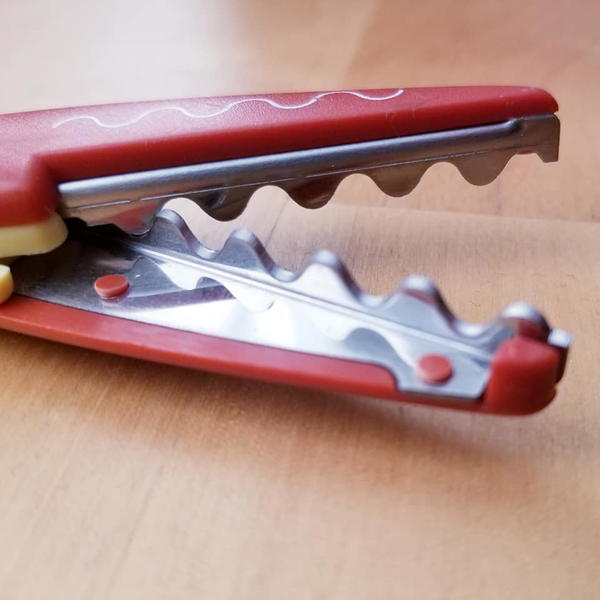
Fraying Fabric FAQs and Resources
Do you have more questions? We have answers!
Are there any non-fraying fabrics?
Cotton blends with certain fabrics are far less likely to fray. The blend/types of fabrics that don't fray include cotton twill, linen, Lycra, modal, gauze, felt, fleece, wool, and hemp.
Does hairspray stop fabric from fraying?
Hairspray can come in quite handy in your sewing room. One use is to spray the end of your thread with hairspray to make threading a needle easier. However, you can also use it on the edge of fabric to temporarily prevent fraying fabric.
Temporary is the key word here. If your fabric is already fraying before sewing, you can use this to keep it at bay until sewing a permanent solution by hand or machine.
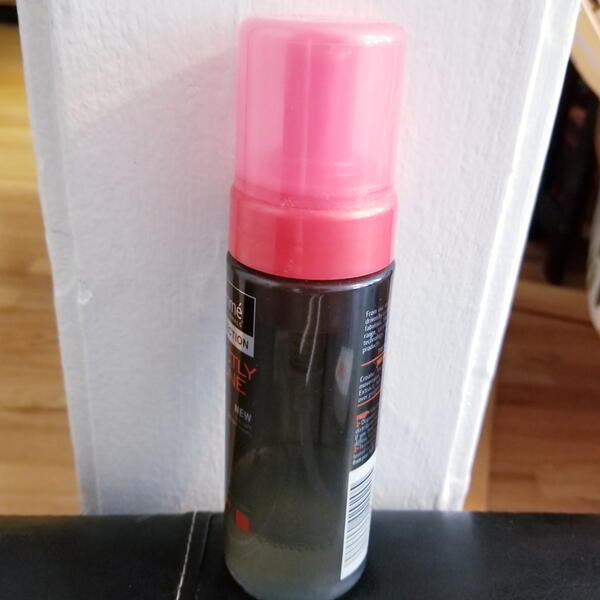
Can you stop fabric fray with a lighter?
Yes, but please be careful! Both natural and synthetic fabrics can be lit with a lighter to stop the fibers from separating. Keep in mind that synthetics dissolve quickly, so you'll need to move fast. To do this, cautiously hold the lighter up to the fabric edge and run the flame narrowly along and all the way around or down.
Can you use Elmer's glue on fabric to prevent fraying?
When it comes to Fray Check alternatives, Elmer's glue is an option to temporarily seal fabric edges. As with hairspray, it shouldn't be used as a permanent solution, especially if washing the fabric later.
To use this or other craft glue (that's safe for fabric), water it down enough so that it's not as tacky and is easier to apply. It's a smart idea to test this out on a less important scrap of the same fabric before using it for your actual project.
Does Fray Check wash out?
No. Fabric treated with Fray Check is washable and can even be dry-cleaned.
How do you stop fraying fabric without sewing?
As referenced elsewhere on the page, when it comes to how to stop fraying on fabric, there are a few non-sewing solutions available. Fray Check, glue, hairspray, and even nail polish can work to hinder fraying.
What's the best hand stitch to prevent fraying?
The best stitches include the overcasting stitch, the zigzag stitch, and the whip stitch.
That's not all! Lastly, here are a few essential resources to help you even further. Not only with stopping fraying fabric but with many sewing techniques and skills.
- Difference Between Textile, Fabric, and Cloth
- How to Sew Two Pieces of Fabric Together
- Should You Always Wash Fabric Before Sewing?
- Why Do Clothes Sometimes Shrink in the Dryer?
- How to Cover Up Sewing Mistakes
- Solving Machine Tension Problems
- Types of Clothing Repair
- How to Perfectly Cut Fabric
- Ultimate FAQs Guide
- Glossary of Sewing Terms
Want More?
How to Sharpen Sewing Scissors >>>
Any additional tips for how to stop fabric fraying?
Let us know in the comments!
Your Recently Viewed Projects
KLC
Mar 22, 2023
Great tips - I actually didn't know you could use alternative glues for stopping fabrics from fraying.
Lynn K
Nov 27, 2018
Very informative and helpful. Fraying edges will ruin any item. Not only does it look ugly but often it means the piece is coming apart and, once fabric is frayed you can't just sew it back together again. These handy tips are a great help in preventing fraying from happening and prolonging and life of whatever it is you make.
Report Inappropriate Comment
Are you sure you would like to report this comment? It will be flagged for our moderators to take action.
Thank you for taking the time to improve the content on our site.

